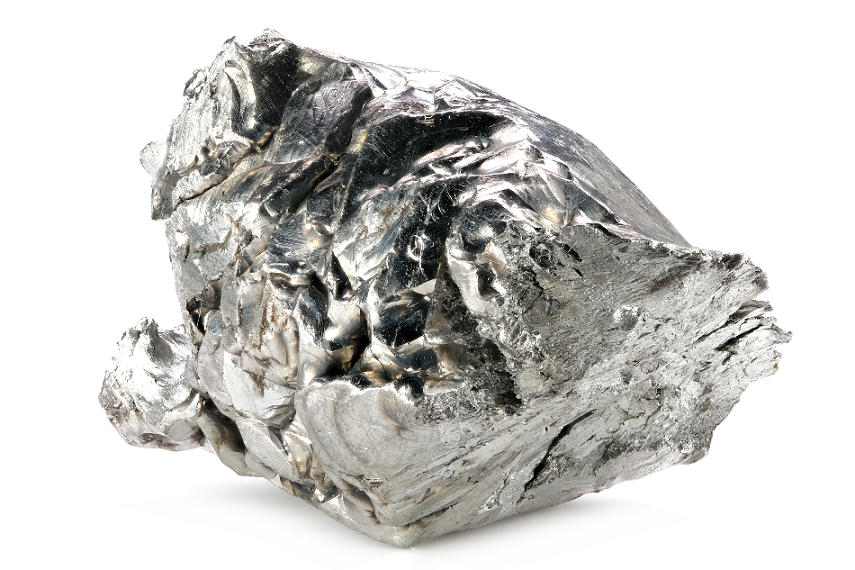4 Uses of Hafnium | The Applications of Hafnium and Hafnium Alloys

4 Uses of Hafnium
Hafnium is a lustrous silver-gray transition metal, with a density of 13.31g / cm³. Hafnium has the properties of high-temperature resistance, corrosion resistance, oxidation resistance, easy processing, rapid heat absorption, and heat release, and is widely used in industrial production and our daily life. In this article, we'll take a look at 4 common uses of hafnium.

Uses of Hafnium
1. Uses of Hafnium in the Field of Electronic Materials
Since hafnium emits electrons easily, it can be used as a cathode for X-ray tubes. In addition, alloys of hafnium and tungsten or molybdenum are also used as electrodes for high-voltage discharge tubes.
According to a report in 2012, a research team from the Department of Engineering at the University of Cambridge in the UK has developed a new type of hafnium oxide with a higher dielectric constant, which is expected to be used to manufacture the next generation of smaller electronic equipment, photovoltaic manufacturing equipment, more efficient photovoltaic cells, etc.
2. Uses of Hafnium in the Field of Chemistry
Hafnium can be used as a getter for many inflation systems. The hafnium getter can remove unnecessary gases such as oxygen and nitrogen present in the system.
In addition, hafnium has strong anti-volatility and is often used as an additive for hydraulic oil to prevent the volatilization of hydraulic oil during high-risk operations.
3. Uses of Hafnium in the Atomic Energy Industry
Hafnium metal has excellent welding performance, processing performance, high-temperature resistance, and corrosion resistance, so it has become an important material in the atomic energy industry.
Hafnium has a large thermal neutron capture cross-section and is an ideal neutron absorber. It can be used as a control rod and protection device for atomic reactors.
4. Uses of Hafnium in the Field of Alloy Materials

Uses of Hafnium
Hafnium has the characteristics of ductility, oxidation resistance, and high-temperature resistance. Therefore, hafnium is also a good alloy material and is used in many alloys.
For example, a hafnium-niobium alloy containing 10% hafnium can be used as a rocket nozzle, while a tantalum-tungsten alloy containing 2% hafnium has high creep strength and can be used as a protective material for a spacecraft.
In addition, hafnium can also be used in tungsten wire manufacturing. Adding element hafnium to tungsten, molybdenum, and tantalum alloys can produce carbide alloys and heat-resistant alloys.
For example, hafnium and carbon compound hafnium carbide (HfC) can be used as cemented carbide additives due to their high hardness and melting point. 4TaCHfC has a melting point of about 4215ºC, which is the compound with the highest melting point among known materials.
Conclusion
Thank you for reading our article and we hope this article can be helpful to you. If you want to know more about the uses of hafnium and other refractory metals, you can visit Advanced Refractory Metals (ARM) for more information.
Headquartered in Lake Forest, California, Advanced Refractory Metals (ARM) is a top manufacturer and supplier of refractory metal products such as tungsten, molybdenum, tantalum, rhenium, titanium, zirconium, etc. We provide our customers with high-quality refractory metal products at a very competitive price.
{{item.content}}
LEVE A REPLY
{{item.children[0].content}}
{{item.content}}






